Are Your Parks Meeting Everyone’s Needs?
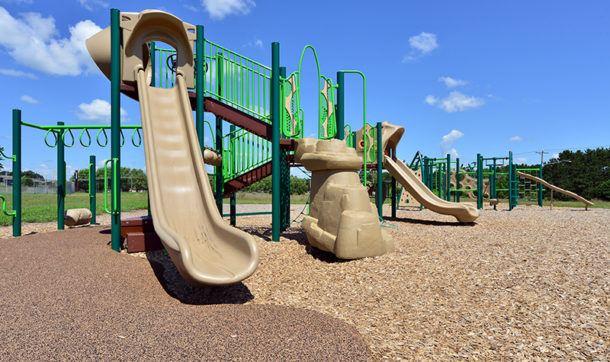
Inclusive Accessible Interactive ADA Compliant
These are all words that get thrown around interchangeably lately when designing a new park or making updates to an aging one. But how well are the needs of each park user being met? These terms may get used interchangeably, but they are very different.
To produce a park that fits the needs of the whole community, it’s important to understand these terms and how they impact the park design.
in·clu·sive
/inˈklo͞osiv/
Adjective: including or covering all the services, facilities, or items normally expected or required.
Think: FOR EVERYONE!
What does this mean in park terms?
When a child goes to a park, he or she expects to be able to play there – not necessarily on all of the equipment, but at least on some of it. A child of any age or ability should be able to come to a park and play safely. All children, whether they are in wheelchairs, on crutches, or have sensory issues, need spaces that work for them to play in. This may mean placing items at levels reachable by children in a wheelchair, creating a quiet space for children that need sensory breaks, providing restrooms equipped for changing larger children, and having amenities for service animals.
Knowing your community and its specific needs is key to getting the right mix of desired amenities. This typically means having a variety of play equipment to meet the different needs. This can be a large undertaking, and some parks are just not big enough. Keep in mind that the variety of play equipment could be spread out among different parks in the community, which can also provide more interest in each individual park when patrons know there will be different items to play on at each.
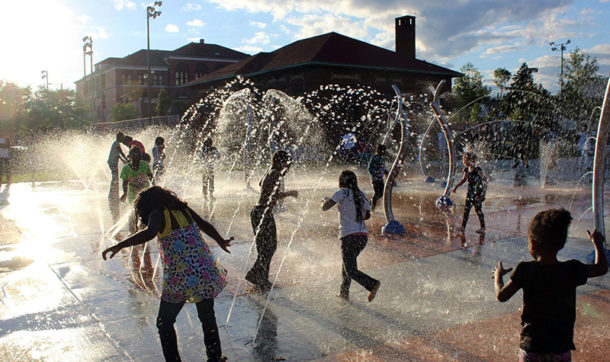
Many of today’s splashpads could be considered inclusive park areas since they typically include several elements that allow children of different abilities to play at them.
ac·ces·si·ble
/əkˈsesəb(ə)l/
Adjective: (of a place) able to be reached or entered.
Think: YOU CAN GET THERE!
What does this mean in park terms?
It is disheartening for a child or caregiver to arrive at a park and not be able to enter because they have no way to get to the fun equipment – or to be able to get to the play equipment but not be able to play on it.
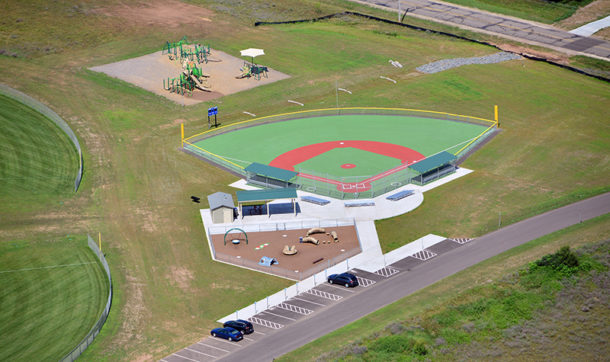
Children and caregivers need to be able to get to the play equipment and be able to reach and play on it. This could mean adding or widening pathways, adding a ramp, incorporating soft but solid surfaces instead of mulch under the play equipment, and installing specialized play equipment. One example of a fully accessible park is the Miracle League Field in Jeffers Park in Eau Claire, Wisconsin. This customized baseball field was specifically designed for players ages 4 to 19 with disabilities.
in·ter·ac·tive
/ˌin(t)ərˈaktiv/
Adjective: (of two people or things) influencing or having an effect on each other.
Think: PLAYING TOGETHER side by side!
What does this mean in park terms?
Is the play equipment for able children right next to play equipment designed for handicapped children, or is it in a separate area? Children cannot communicate and learn from each other if they are separated from each other. We teach our kids tolerance and acceptance at a young age when we simply give them the opportunity to interact alongside each other from these earliest ages.
Socializing is important as it allows children to develop communication skills, work on problem-solving skills, and learn tolerance and acceptance of people who are different from those they are used to.
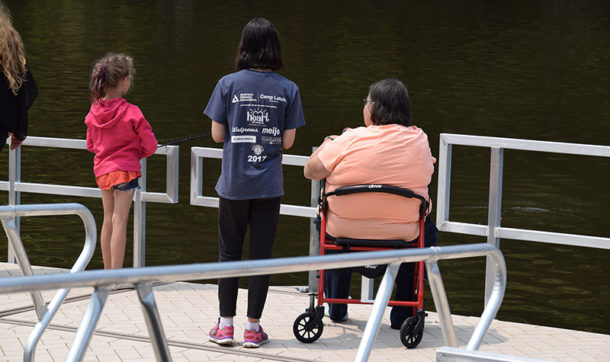
An example of interactive park design can be found at Erickson Park in Chippewa Falls, Wisconsin. The goal was to provide fully accessible fishing piers, pavilions, boardwalk, and canoe/kayak launch, allowing everyone to enjoy this natural setting alongside each other.
ADA Compliant
The Americans with Disabilities Act (ADA) is a civil rights law that prohibits discrimination against individuals with disabilities in all areas of public life, including jobs, schools, transportation, and all public and private places that are open to the general public. This became law in 1990.
Think: LEGALLY REQUIRED!
What does this mean in park terms?
Of all the terms used, this is the only one that communities legally must comply with. The Department of Justice (DOJ) published ADA Standards for Accessible Design in September 2010. Under federal regulations, when parks and recreation facilities are built or replaced, they MUST comply with the most current ADA standards. Unfortunately for many children, being ADA compliant does not necessarily mean the playground will be inclusive or interactive. It will, however, be accessible to some extent.
An example of this would be any new pool. By law any new pool will be ADA accessible. A new pool in Racine, Wisconsin, has a wheelchair accessible ramp and zero depth entrance points, but not all areas are accessible and therefore not fully inclusive.
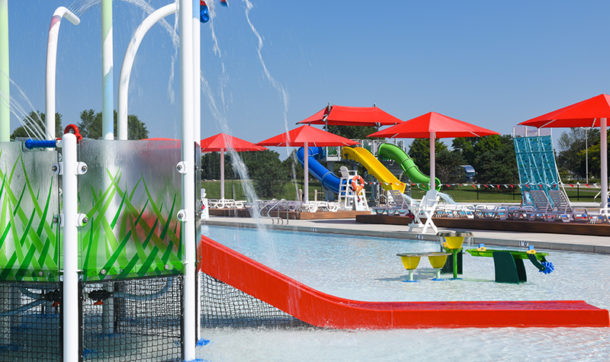
So, keep in mind that when building a new park or updating an old one, there is a difference between something that’s minimally accessible (ADA compliant) and one that is completely accessible and truly inclusive and interactive for people with all types of abilities and challenges.
Resources for more information:
- ADA Requirements for Playgrounds… Made Simple – Playground Professionals
- Inclusive Play Ideas – Landscape Structures
- Inclusive and Accessible Playgrounds – Little Tikes Commercial
- How Inclusive Playgrounds Benefit All Children – Noahs Park and Playgrounds
- Ways to Make Playgrounds Inclusive for Everyone – BCI Burke
- Let’s Play Together! – Recreation Management
- The Right to Play on an Inclusive Playground – PlayCore
- Toolkit for Building an Inclusive Community playground – Christopher & Dana Reeve Foundation
- What Is an “Inclusive Playground?” – May Recreation Equipment & Design

Post a comment: